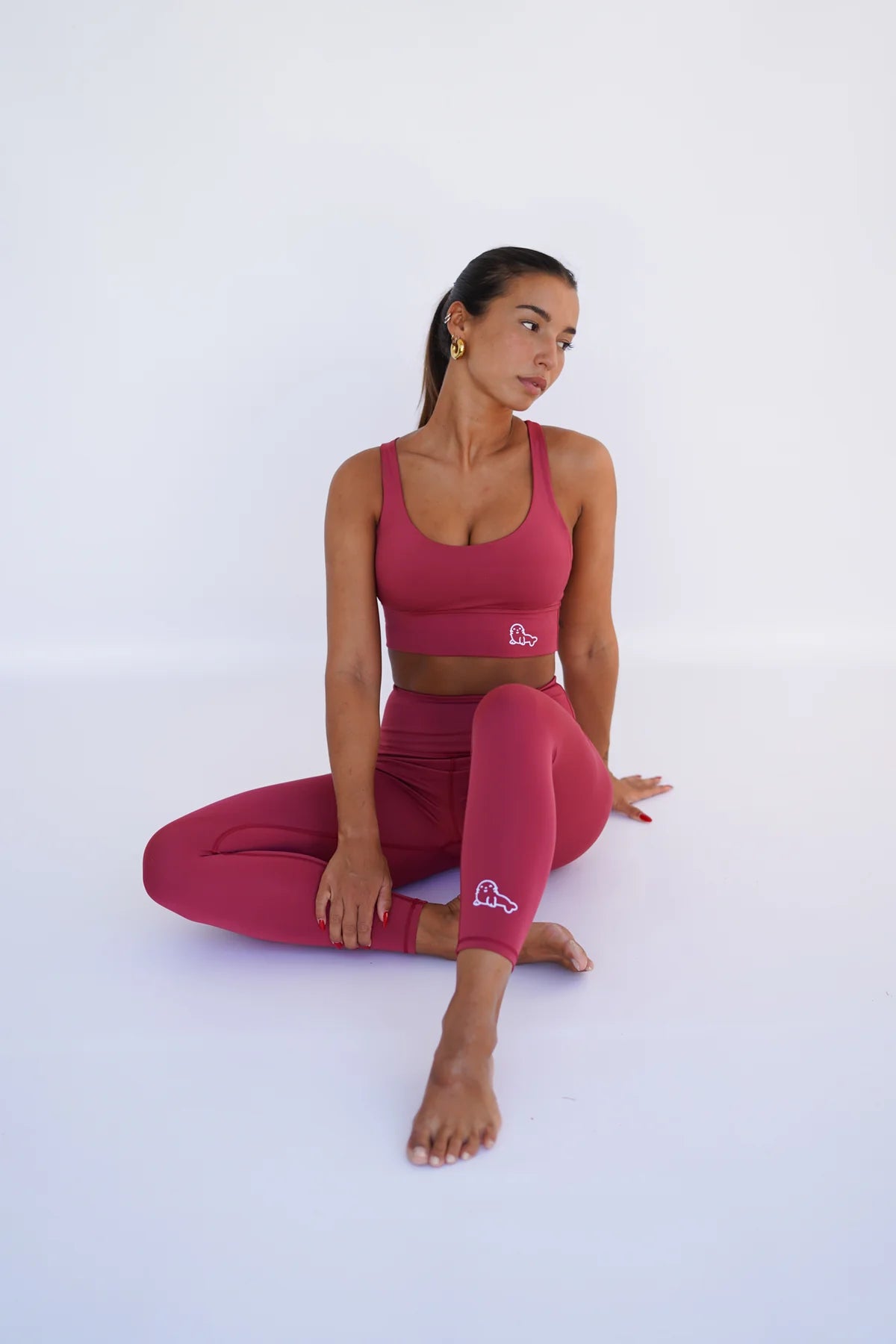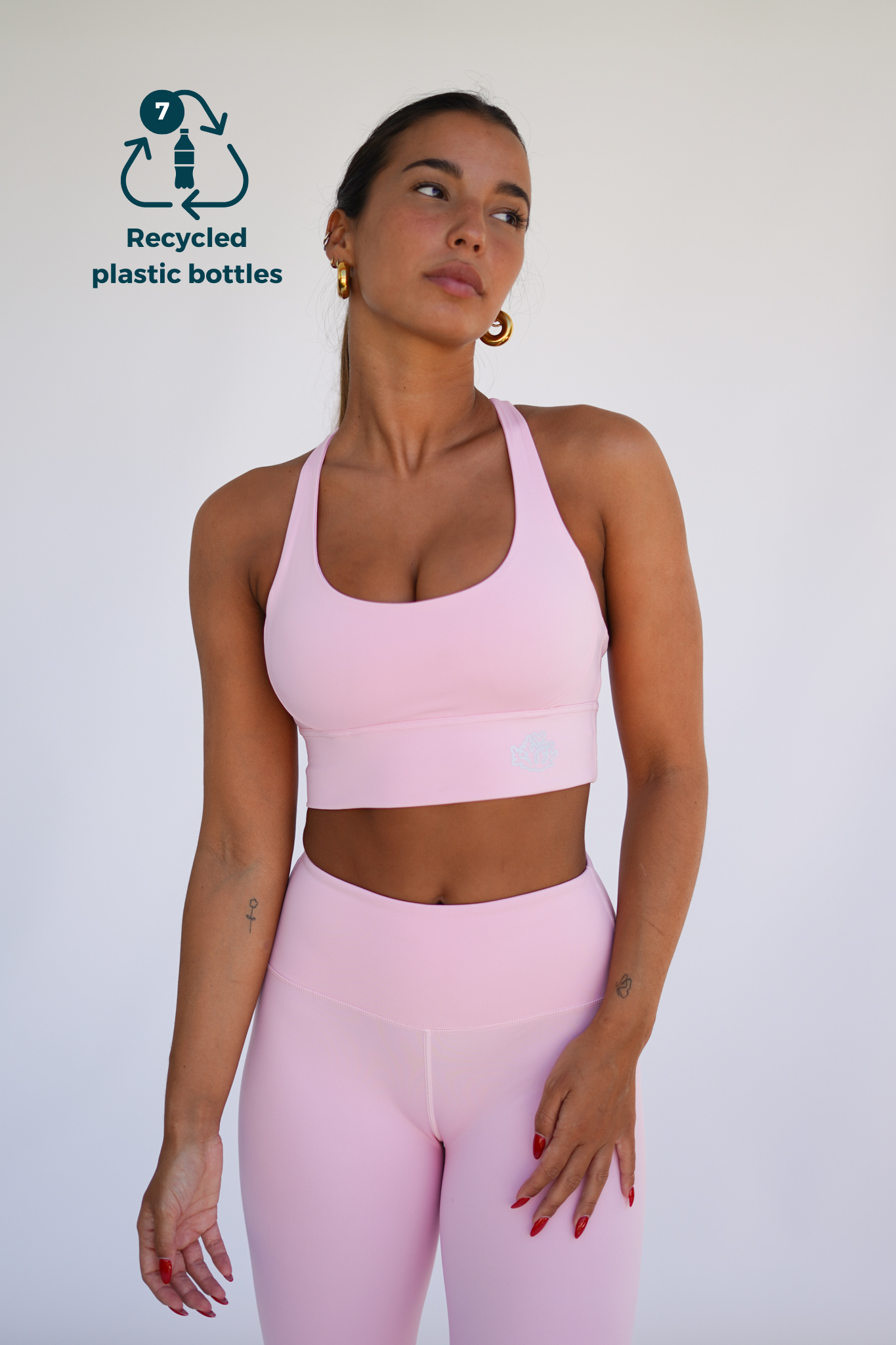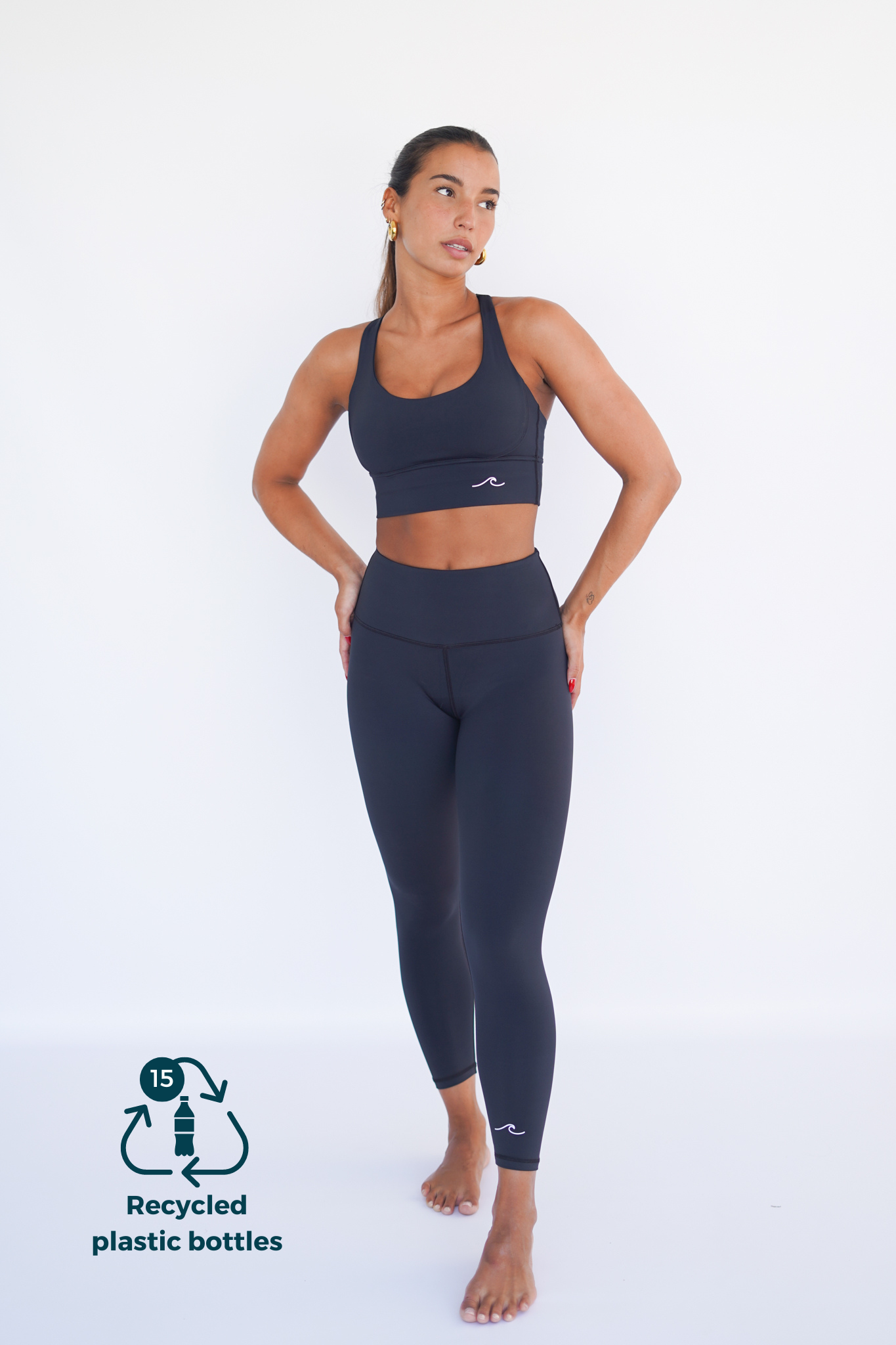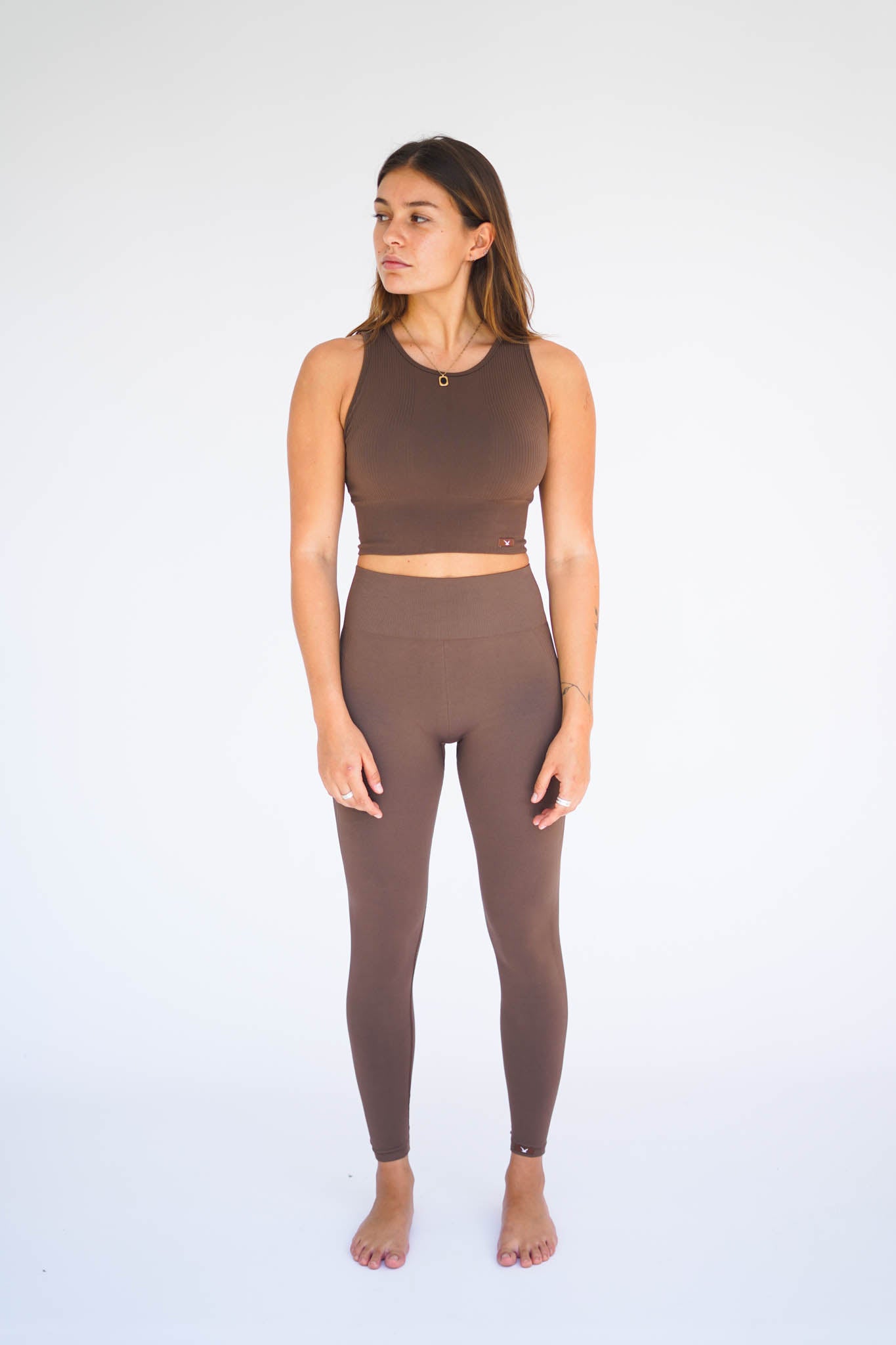
Types of Yoga: Complete Guide 2024
Yoga is an ancient practice that transcends borders and cultures, adapting to the needs of each person. With its roots in India, it has spread throughout the world, offering a combination of physical exercises, conscious breathing and meditation that promote integral well-being. However, within this vast tradition, there are multiple styles and approaches that can be confusing for those who are new to the practice. Let's discover together the path to inner peace and physical health.
Most popular types of yoga
Yoga is a rich and diverse practice, and there are numerous styles that can be helpful depending on your personal goals and fitness level. Below, we'll explore some of the most popular types of yoga:
Hatha Yoga is one of the oldest and most well-known forms of yoga. It focuses on the physical practice of asanas (postures) and is ideal for beginners to yoga practice, as it allows you to become familiar with the fundamental postures. They are often combined with breathing techniques to improve the mind-body connection.
It is considered the basis of the rest of the yoga styles; it consists of a serene yoga, which calms the nervous system and invites deep concentration and mental introspection. Flexibility and strength in muscles and joints are gained. Remember that for these practices you should wear comfortable clothing from Fitplanet .

- Vinyasa Yoga
Vinyasa Yoga, also called flow yoga, is characterized by the fluidity of the practice, where each movement is synchronized with breathing. This style is dynamic and active, and can be an excellent option for those looking for a more physical exercise.
This practice flows with the movement from one asana to another , while regulating each movement with controlled breathing (a key point of this style of yoga). Its practice includes different asana sequences and short meditations.
- Ashtanga Yoga
Ashtanga Yoga is a more rigorous and structured style, which follows a specific sequence of postures. It is translated as “the yoga of eight parts” or “eightfold path.” The goal of Ashtanga Yoga is to control the activities of the mind, and eight steps are required to achieve this.
Ashtanga yoga is considered one of the most complete styles of yoga , making it one of the most practiced in the West. It requires great discipline and is suitable for those who want a physical and mental challenge. The practice of Ashtanga strengthens the body and improves flexibility.
Iyengar Yoga places a strong emphasis on body alignment and precision in postures, achieving the correct posture. It is considered a more static form of yoga. Props such as blocks, straps, and blankets are used to help practitioners achieve the proper postures. This style is ideal for anyone, even those with injuries or physical limitations, as it allows for progress at a slower, more careful pace.
The benefits of Iyengar yoga include improved posture, relief from back pain, toning the body and reducing stress.
- Kundalini Yoga
Kundalini Yoga combines postures, breathing, meditation and chanting of mantras. Its goal is to awaken the Kundalini energy, which is located at the base of the spine. This practice is intense and transformative, ideal for those seeking a deeper connection with their spirituality. It seeks to eliminate from the mind everything that no longer serves and settle it in calm, which is why meditation is very important in this style of yoga.
The breathing exercises used may not be for everyone, as they require a certain level of training. Ideally, it should be practiced under the supervision of a professional who can guide you correctly.
- Bikram Yoga
Bikram Yoga is practiced in a heated room (approximately 40 degrees Celsius) and consists of a series of 26 postures. This type of yoga is excellent for detoxifying the body, improving flexibility and promoting weight loss. Thanks to sweating, Bikram yoga primarily helps eliminate toxins, tone muscles and lose weight.
- Yin Yoga
Yin Yoga is a more passive style that focuses on deep stretching and releasing tension in connective tissues such as ligaments and fascia. Postures are held for a prolonged period of time, varying between 2 and 5 minutes, allowing for deep meditation and total relaxation.
This is a highly recommended yoga if you suffer from back or hip pain. Yin is the opposite and complementary energy of yang, and refers to feminine energy, softness, calm, slowness, darkness, and is associated with elements such as earth, water, night and moon.
- Restorative Yoga
Restorative Yoga comes from Iyengar yoga and is a passive type of yoga; it consists of a gentle and relaxing practice that uses props to provide support and comfort to practitioners, helping them to reach the postures easily. Ideal for stress and fatigue, this type of yoga allows the body to relax completely, promoting recovery and healing. It seeks to heal the body by restoring it through relaxation in the postures.
Benefits of yoga for the body
Regular yoga practice offers a wide range of physical and mental benefits. Some of the key benefits include:
- Improved flexibility . As we practice yoga, our joints and muscles become more flexible, which can help prevent injuries and improve overall mobility.
- Muscle strengthening . Most yoga styles involve the use of body weight, meaning the poses help strengthen muscles. This is crucial for maintaining bone health and preventing problems related to muscle weakness.
- Posture and alignment . Yoga promotes better alignment and posture, which can reduce back and neck strain, relieve pain, and improve overall postural health.
- Stress and anxiety reduction . Through conscious breathing and meditation, yoga can reduce cortisol (the stress hormone) levels in the body, helping to relieve anxiety and promote a sense of peace and well-being.
- Increased concentration and mental clarity . Yoga practice encourages mindfulness and concentration. As we learn to focus our mind on the present moment, our clear mindset also improves, resulting in increased productivity.
- Improved sleep. By reducing stress and promoting relaxation, yoga can be an effective tool for improving sleep quality and combating problems such as insomnia.
- Cardiovascular benefits. Some yoga practices, especially more dynamic ones such as Vinyasa or Ashtanga, can provide cardiovascular benefits, improving circulation and heart health.
Fitplanet and its collection of sportswear will make your yoga practice more enjoyable .

What is the strongest type of yoga?
Determining which type of yoga is the most challenging can depend on your criteria. In terms of physical intensity, Ashtanga Yoga and Bikram Yoga are often considered among the most demanding. Both practices involve significant effort and considerable physical endurance.
Ashtanga Yoga requires the practitioner to follow a set series of postures in a continuous flow, which can be quite demanding. Bikram Yoga, on the other hand, is performed in a heated environment, which adds an additional level of difficulty.
However, if you consider strength in the sense of a spiritual and emotional challenge, Kundalini Yoga may be the strongest. This practice is not only physically demanding, but also involves deep work on an emotional and spiritual level.
Ultimately, the "strength" of a type of yoga depends on the needs and characteristics of each individual. The most important thing is to find the style that resonates with you and allows you to grow and develop, both physically and mentally.
How to choose the right type of yoga for you?
Choosing the right type of yoga can seem complicated at first, but with a few guidelines, you can make an informed decision:
- Consider your fitness level: Assess your fitness level and whether you have any pre-existing injuries. If you are a beginner, Hatha or Yin Yoga can be great options. If you consider yourself more active, you can try Vinyasa or Ashtanga.
- Define your goals: Think about what you hope to get out of yoga. If you're looking to relax and reduce stress, Restorative or Yin Yoga might be the best choice. If you want a physical challenge, consider Ashtanga or Bikram.
- Try different styles – Attending classes in different styles is a great way to find the one you like best. This will allow you to experiment with different approaches and decide which ones make you feel best.
- Find an instructor who inspires you – Connecting with an instructor is key. Look for someone with experience and teaching that resonates with you. A good instructor will guide you through your practice and motivate you to progress.
- Listen to your body : It is essential to pay attention to what your body is telling you. Every person is different, and yoga should adapt to you and not the other way around. Don't push yourself beyond your limits and remember that yoga is a personal journey.
Tips for doing different types of yoga
Regularity is key, so try to establish a routine with a set timetable, even if you can only dedicate 20 minutes a day. To facilitate your practice, it is essential that you wear appropriate clothing ; opt for comfortable and light garments that allow freedom of movement and choose breathable materials , especially for more dynamic styles. At Fitplanet you will find a wide variety of prices and colours, suitable for all budgets.

If you decide to practice at home, create a suitable space ; a clean, quiet place without distractions will help you concentrate better on your practice.
Don’t forget that breathing is key in yoga, so spend time doing breathing exercises to improve your ability to focus and enhance the benefits of each pose. Keep an open mind , as not every class will be equally enjoyable nor will every pose be easy for you; accept challenges as part of your progress. Finally, it’s crucial to listen to your body and pay attention to your sensations. If something doesn’t feel right, adjust the pose or take a break, remembering that yoga practice should be a safe and positive space.
Conclusion
Yoga is a powerful tool for physical and emotional well-being, and its wide variety of styles offers something for everyone. Whether you're looking for relaxation, a physical challenge, or a deep spiritual connection, there's a type of yoga to suit your needs.



